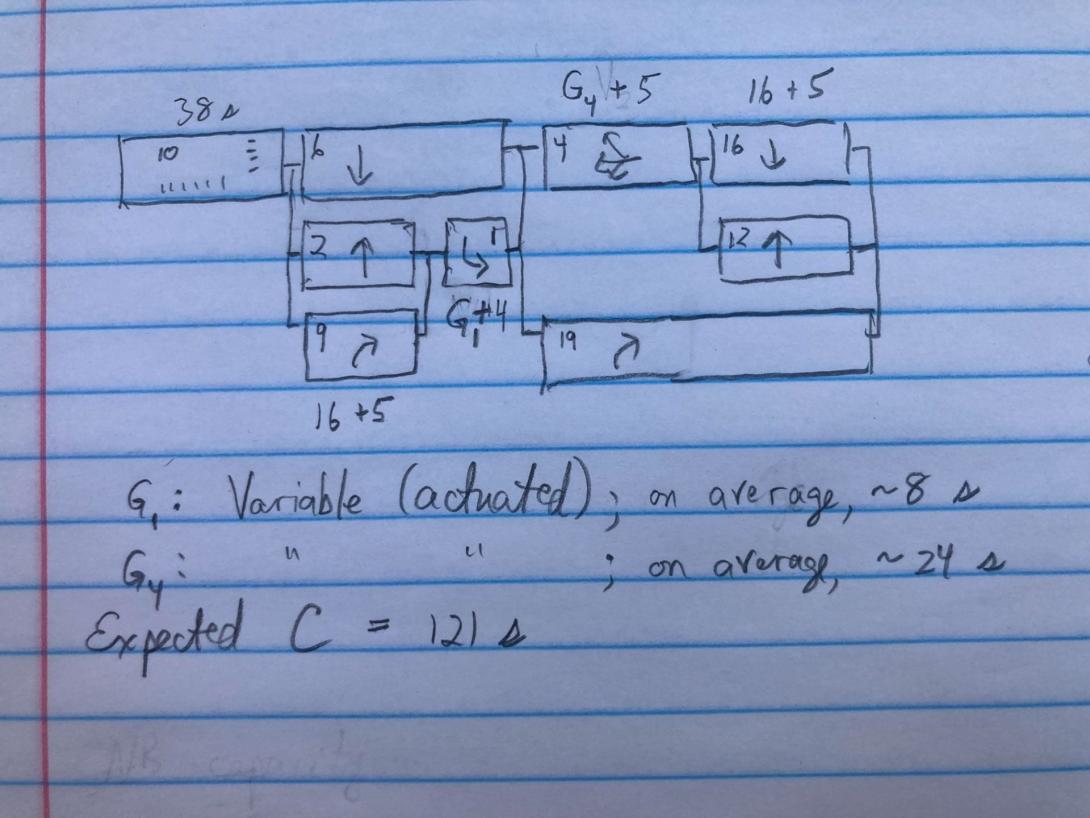Solution for N. Wash Street Bridge congestion: two short greens instead of one long at City Sq
Peter Furth, Professor of Civil Engineering at Northeastern University, says he's cracked the code to fixing the congestion and unsafe conditions at Keany and City Squares: two short northbound green cycles at City Square instead of the current long one.
If that long green northbound period is replaced with two short green periods, each lasting 16 seconds, the number of vehicles that can be discharged per cycle will rise to 35 [from the current 28]
That's 25% more per cycle - and each complete (two-green) cycle will be about 20 seconds shorter. Ultimately, this means 45% more cars can get through the northbound City Square intersection per hour. Furth says this bottle neck at City Square is what's ultimately causing "spillback" into Keany Square which in turn causes "secondary queuing as drivers try to get on the bridge but instead "block the box" when they're unable to fit into the receiving lane.
You can visualize it as a boomerang – congestion starts at City Square in the northbound lanes, spreads back to Keany Square, then infects the southbound lanes, where it spreads back to City Square.
Furth also recommends tweaks to the Keany Square side including making the right-turn slip lane onto the bridge from Commercial Street a stop sign so that pedestrians always have priority and aren't punished by needing to wait two light cycles to fully cross. He adds that once congestion is relieved it might be possible to further reduce some cycle times.
Read Furth's full analysis here:
Fixing the chaotic congestion at Boston’s Keany Square

Add new comment